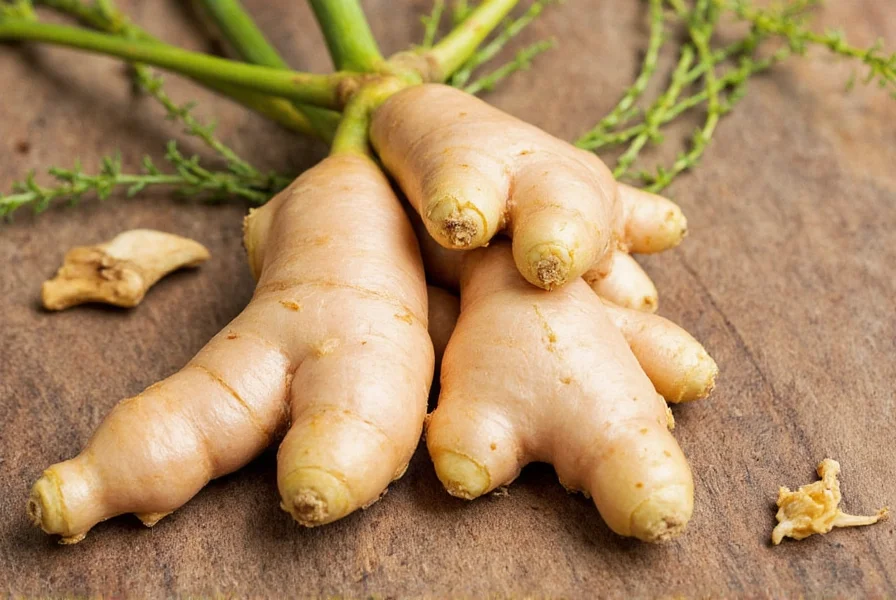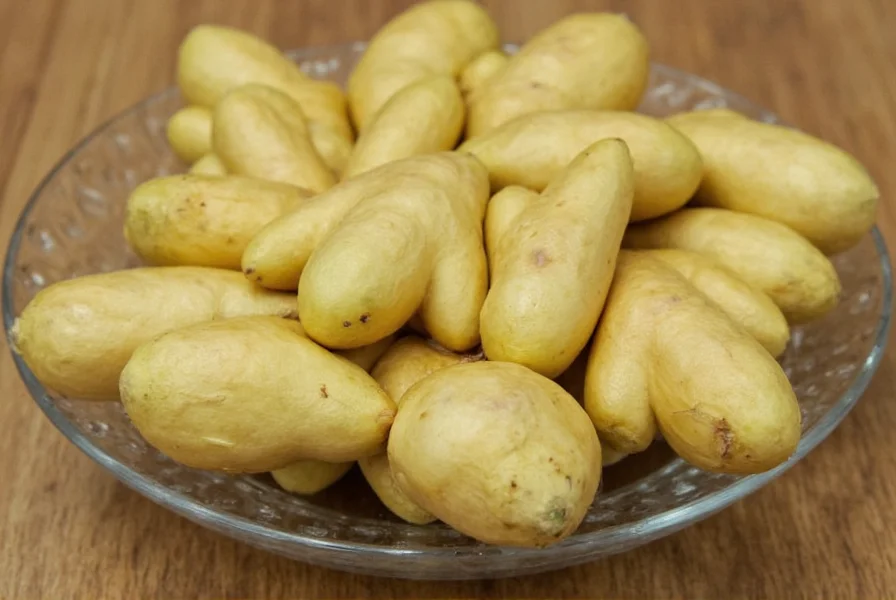Why Regrow Ginger at Home?
Regrowing ginger offers multiple benefits beyond just having fresh spice available. Homegrown ginger typically contains no pesticides or preservatives found in commercially grown varieties. The process costs significantly less than continually purchasing fresh ginger—just a single root can produce multiple harvests over several years. Additionally, growing your own ginger supports sustainable living by reducing packaging waste and transportation emissions associated with store-bought produce. Many gardeners find the process rewarding as ginger plants also make attractive, tropical-looking houseplants with their reed-like stems and delicate leaves.
Essential Materials for Successful Ginger Regrowth
Before starting your ginger regrowth project, gather these essential items:
| Item | Requirements | Why It Matters |
|---|---|---|
| Ginger Root | Fresh, plump with visible eye buds, preferably organic | Organic roots haven't been treated with growth inhibitors |
| Container | 10-12 inches deep with drainage holes | Prevents root rot while allowing rhizome expansion |
| Soil | Well-draining potting mix with high organic matter | Mimics ginger's natural tropical environment |
| Light | Indirect sunlight or 6-8 hours of filtered light | Prevents leaf burn while supporting photosynthesis |
Step-by-Step Guide to Regrowing Ginger
Selecting and Preparing Your Ginger Root
Choose a fresh ginger root with multiple plump sections and visible eye buds (small bumps where growth emerges). Organic ginger works best since conventional grocery store ginger often contains growth inhibitors. Soak the root in water for 2-4 hours to rehydrate it before planting. Then, cut the root into 1-2 inch pieces, ensuring each section has at least one eye bud. Allow the cut pieces to air dry for 24 hours to form a protective callus that prevents rot.
Planting Methods: Soil vs. Water Propagation
While many guides suggest water propagation for regrowing ginger from grocery store pieces, soil planting yields better long-term results. Water propagation often leads to weaker plants that struggle when eventually transferred to soil.
Soil Method (Recommended):
- Fill your container with 2-3 inches of well-draining potting mix
- Place ginger pieces horizontally with eye buds facing up
- Cover with 1-2 inches of soil
- Water thoroughly until moist but not soggy
- Maintain consistent moisture—never allow complete drying
Water Propagation (Short-term option):
Place ginger pieces in a shallow dish with the bottom touching water. Change water every 2-3 days. Once sprouts reach 2-3 inches, transfer to soil for better growth.

Optimal Growing Conditions
Ginger thrives in warm, humid environments similar to its native tropical habitat. Maintain these conditions for best results:
- Temperature: 70-85°F (21-29°C) - avoid temperatures below 50°F
- Light: Bright, indirect light - direct sun burns delicate leaves
- Humidity: 70-80% - mist leaves regularly in dry climates
- Watering: Keep soil consistently moist but never waterlogged
Growth Timeline and Maintenance
Understanding the ginger growth cycle helps set realistic expectations:
- Weeks 1-2: First green shoots emerge from eye buds
- Months 1-3: Plant develops leafy stems and establishes root system
- Months 4-8: Rhizomes begin to multiply and expand underground
- Months 8-10: Ready for first harvest (can harvest partially while plant continues growing)
Fertilize monthly during active growth periods with a balanced, organic liquid fertilizer diluted to half strength. Reduce watering slightly during winter dormancy periods when growth slows.
Troubleshooting Common Ginger Regrowth Problems
Mold or Rot Issues
If you notice white mold on soil surface or soft, rotting ginger:
- Reduce watering frequency
- Improve air circulation around the plant
- Remove affected soil and replace with fresh, dry mix
- Apply cinnamon powder (natural fungicide) to affected areas
Slow or No Growth
When ginger isn't sprouting as expected:
- Check root viability - older, dried-out roots may not sprout
- Ensure proper temperature - cold conditions inhibit growth
- Verify adequate indirect light - too little light slows development
- Consider using a root stimulator product for stubborn roots

Harvesting and Continuous Growth
You can begin harvesting ginger once the plant has at least 8-10 months of growth. To harvest without killing the plant:
- Gently dig around the edge of the container
- Locate mature rhizomes (thicker, developed sections)
- Carefully cut a portion of the rhizome you need
- Leave at least 1/3 of the root system intact
- Recover with soil and water lightly
For continuous harvests, consider using the "cut-and-come-again" method where you harvest only what you need while leaving the main plant undisturbed. This approach allows you to enjoy fresh ginger year-round from a single planting. During winter months when growth slows, reduce watering but don't let the soil completely dry out.
Frequently Asked Questions
Can I regrow ginger from any grocery store piece?
While you can attempt to regrow any ginger root, organic varieties work best because conventional grocery store ginger often contains growth inhibitors that prevent sprouting. Look for plump roots with visible eye buds (small bumps) for the highest success rate when regrowing ginger from grocery store purchases.
How long does it take to see sprouts when regrowing ginger?
Under optimal conditions of warmth and moisture, ginger typically shows its first green sprouts within 1-2 weeks after planting. Complete establishment of the plant with multiple stems usually takes 4-8 weeks. Remember that rhizome development happens underground and takes significantly longer—about 8-10 months before you can harvest substantial amounts.
Should I grow ginger in water or soil for best results?
Soil propagation yields stronger, more sustainable ginger plants compared to water methods. While water propagation shows quicker initial sprouting, plants often develop weaker root systems and experience transplant shock when moved to soil. For long-term growth and harvests, planting directly in well-draining potting mix provides the best environment for healthy ginger development.
Why are my ginger plant's leaves turning yellow?
Yellowing leaves typically indicate overwatering or poor drainage. Ginger needs consistently moist but not soggy conditions. Check that your container has adequate drainage holes and reduce watering frequency. Yellow leaves can also signal insufficient light—move your plant to a location with brighter, indirect light. In some cases, yellowing occurs naturally as older leaves die back to make way for new growth.
Can I grow ginger indoors year-round?
Yes, ginger grows well indoors as a houseplant when provided with proper conditions. Maintain temperatures between 70-85°F, provide bright indirect light (a south or east-facing window works well), and keep humidity levels high by misting regularly or using a pebble tray. Indoor ginger plants typically grow slower than outdoor plants but can still produce harvestable rhizomes within 8-10 months with consistent care.










 浙公网安备
33010002000092号
浙公网安备
33010002000092号 浙B2-20120091-4
浙B2-20120091-4